1. ShowMe, the iPad tool I use to create videos on an interactive whiteboard (you can see all my videos here), named me one of the first ever Master Teachers. If you go to my profile, you'll see the little title next to my name. It's a big honour, and I really appreciate the value they see in my work.
2. I will be co-presenting a Language Arts/Social Studies Flipped Class webinar, with Troy Cockrum, Andrew Thomasson, Crystal Kirch, and Karl Lindgren-Streicher, and another presenter TBD. We will be discussing lots of questions Troy and I have received in the last few weeks, and I think it will be a good introduction to flipping English for those who struggle to know where to begin. We'll also address Social Studies because of the links in the Common Core Standards (for ELA people and others unfamiliar with them, the CCS in Social Studies aren't content-based - they are literacy/skills-based), with Karl as our resident expert History teacher. Crystal will be there to help moderate and take questions from viewers.
We will publicise the link on Edmodo, Twitter, and our personal blogs (e.g. here) on Monday, as the webinar will take place on Tuesday at 5 PST. All you need to join in is an internet connection! I hope we'll have a good turn-out, and that it will prove useful to people.
3. Finally, I will be starting a project based on a previous blog post about my first day of school activity, White Blank Page. Here's some additional information, as we're seeking 1-3 more high school teachers to join us (because I'll have seniors, it just seemed wrong to open it up to 6th-8th graders, as it will be heavily collaborative between students). So far, Karl Lindgren-Streicher and Andrew Thomasson will be joining me on the project. We'd love to have other teachers of ANY discipline, so long as they teach HS and can commit to the project.
Students would add their questions to a Google form, and then we would archive it on the project's website. Each semester, students would choose a minimum of one question to work on. There are lots of ways to do this, but the three of us will probably use it as a Google 20% project, where students get roughly one class session a week to work on it. Finished projects would be posted to the project website, where students could comment on other projects and get ideas for their next project.
This project is constantly evolving, but we'd like to have at least four, but as many as six, dedicated teachers signed up to the project before 10 August. If we have more interest than that, we would be HAPPY to help you set up your own project (this would be ideal if a lot of middle school folks wanted to do their own!).
******
Also, if you didn't notice, I have made some changes to the organisation of this website. I added a tab for Thomasson & Morris Instruction, which is where you'll find updated information about my collaboration with Andrew. Our future plans are HUGE, so check back frequently to see what we're working on. Right now, I'm attempting to cut together something coherent out of our (ridiculously fun) chaotic 65 minute recording session from yesterday. As we go on, it's feeling more and more like two friends hanging out, rather than doing "serious work" - and I think that's great. We want students to see us having fun, but also working hard, and I think we're finding that balance.
I'd also like to publicly thank Andrew for being the best collaborative partner I could wish for. He keeps our crazy ideas in check, and has allowed me to be more excited to be a teacher than I ever have been in the last nine years. I look forward to seeing what we'll accomplish together over the next few years.
If you have questions for us, you can contact us here, on Twitter (@guster4lovers and @thomasson_engl), or at our shared email address: tmi@morrisflipsenglish.com. We also have our own YouTube channel, where all of our videos will be housed.
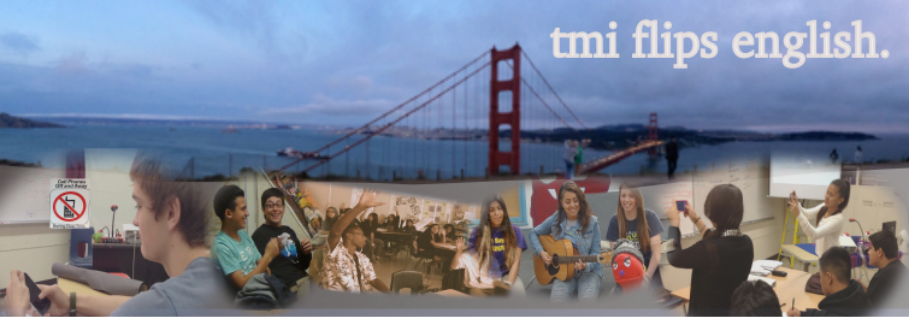
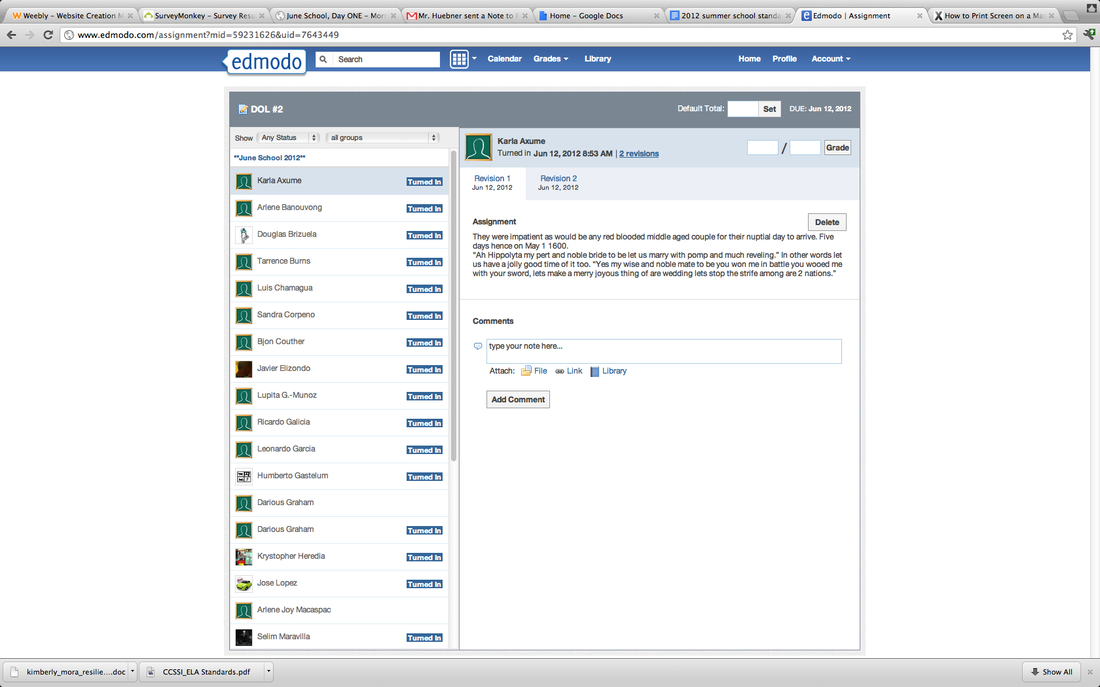
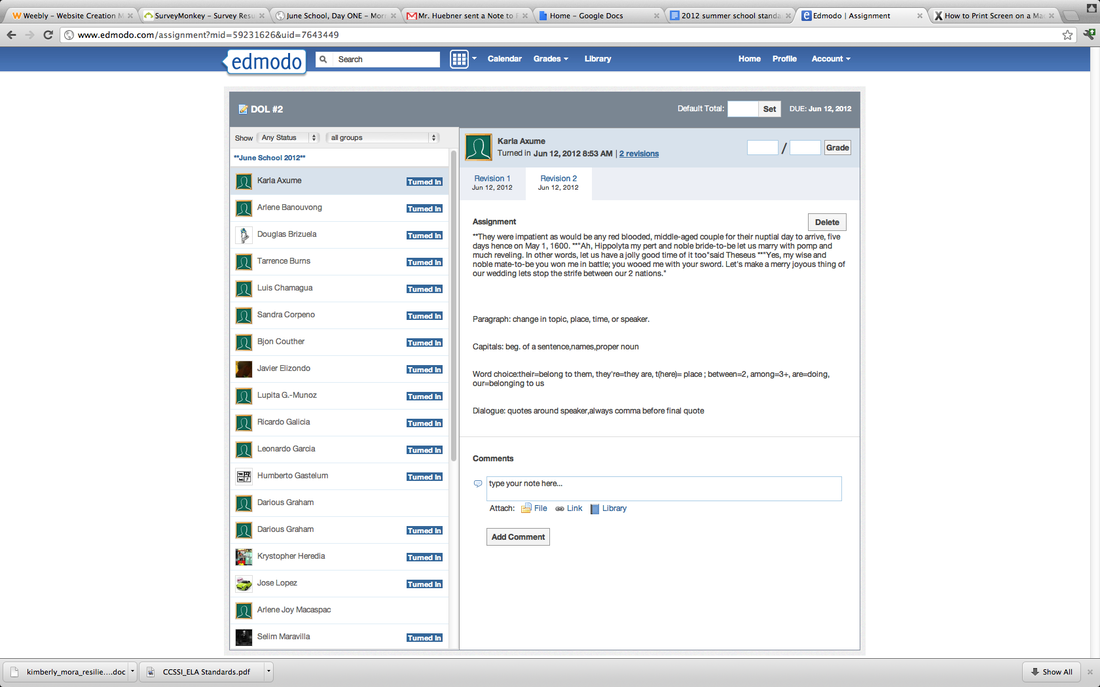
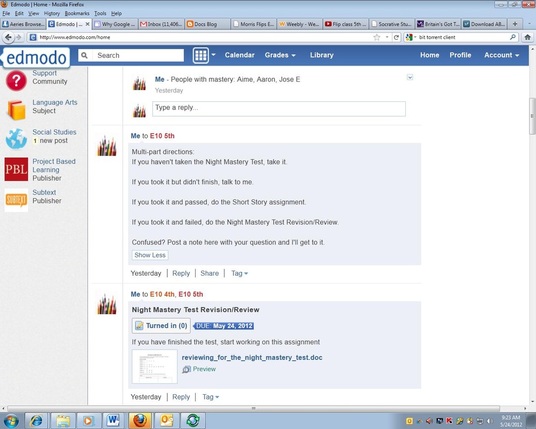
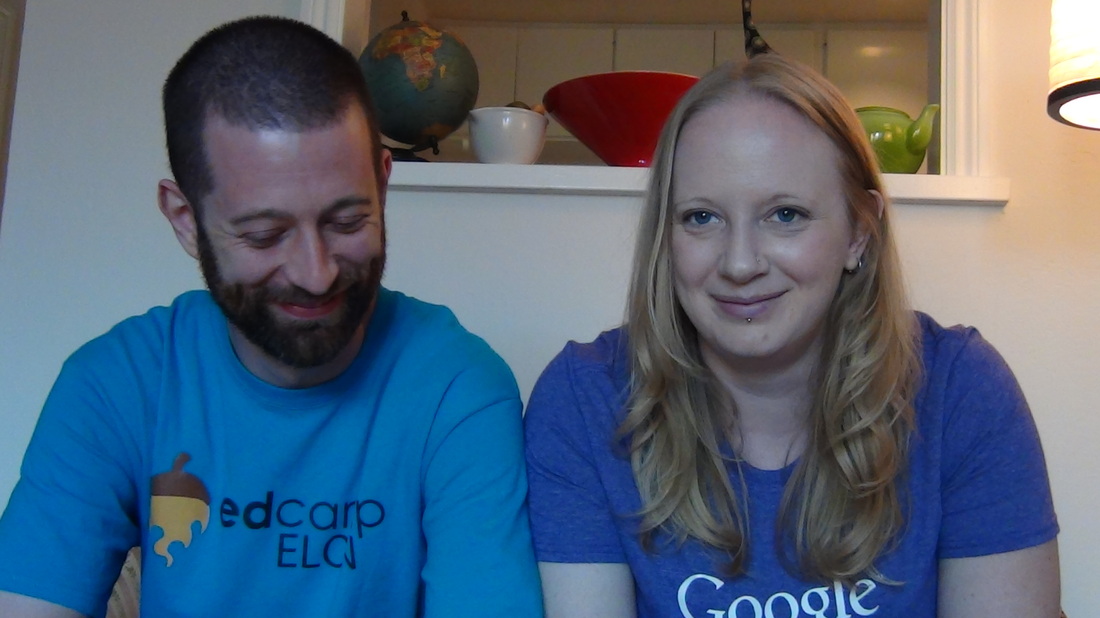
 RSS Feed
RSS Feed
